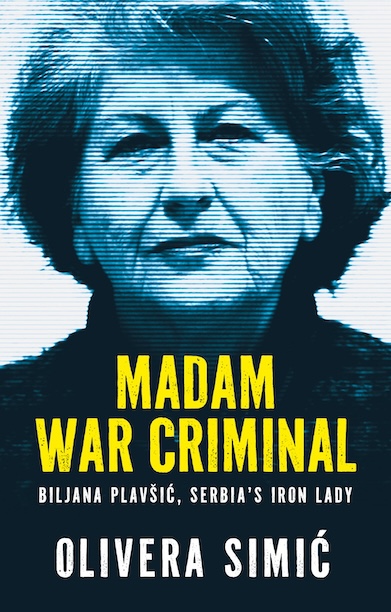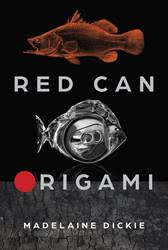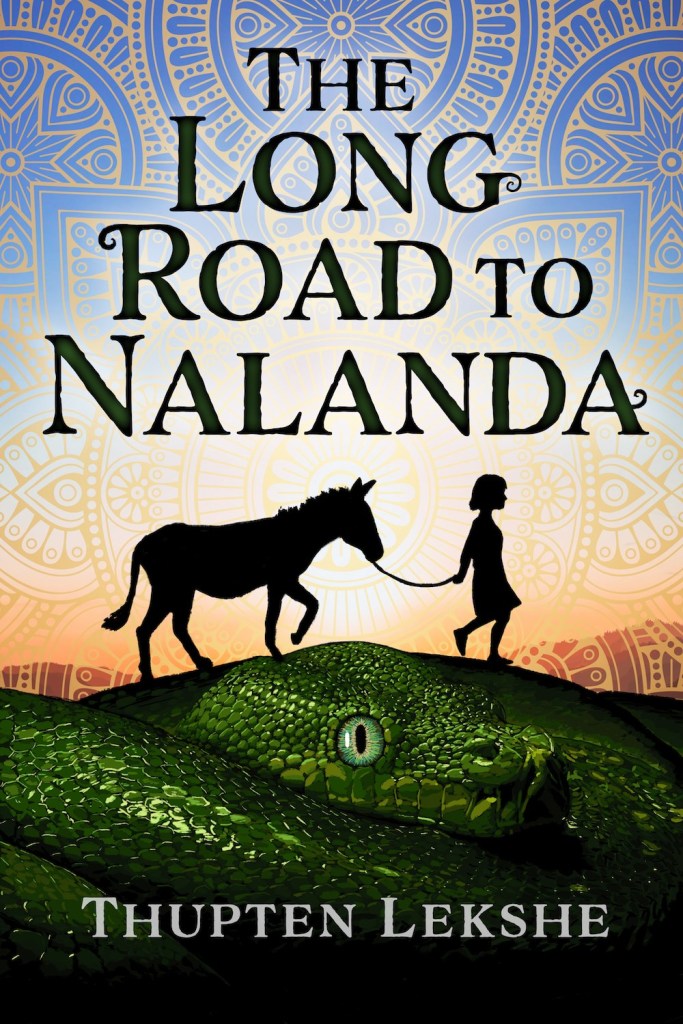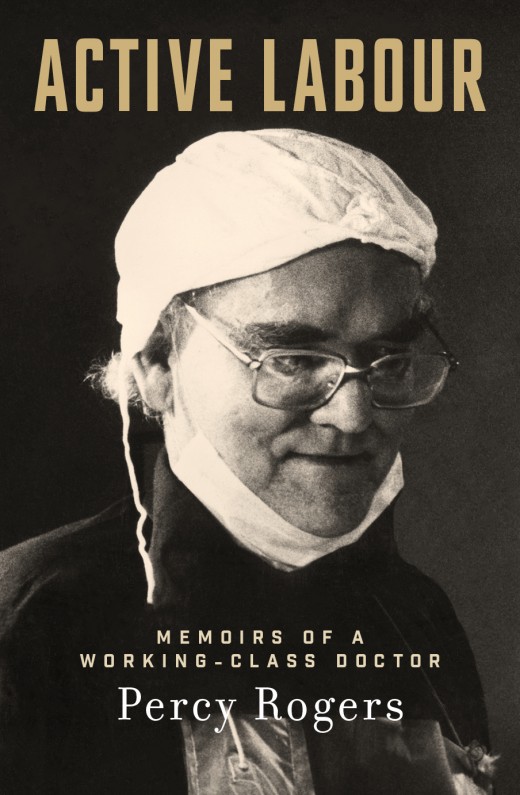Whether you’re writing a crime narrative, Young Adult novel or an academic textbook, the ultimate aim is to create sentences that flow effortlessly so your reader is constantly engaged with the content/narrative. This memento mori still life painting by the seventeenth-century Dutch artist Pieter Claesz is a potent reminder that life is short, but our finest work/s will endure. So, make sure your publishable writing is the best it can be to avoid the slings and arrows of global readers, and stand the test of time. This may involve many drafts and edits that could ultimately end up being scrutinised by a professional editor.
It’s important to keep in mind when writing and editing, that engaging prose isn’t just a matter of arranging words and sentences as they come to mind. Yes, initially this is part of the process of jotting down ideas during the early stages of writing. But eventually, through the process of many self-critical edits, the combined creative effect of crafting prose that consolidates ideas and simultaneously engages the reader will emerge. Along with this comes the ‘character’ of the author that the reader perceives through the writing. In the case of academic writing, the author’s ‘character’ or persona could be entirely formal and absent. Some academics I work with avoid the first person (‘I’) so the writing remains formal, and others use this point of view to reach out and engage more with her/his audience. It all depends on the genre and the context.
Highly readable prose is the product of a strong sense of connection within and between sentences, and the choice of the right (not necessarily the most complex) words that match the context. Here are three short and simple connecting sentences that are highly readable (from Margaret Atwood’s ‘Cat’s Eye’):
The air is soft, autumnal, the sun shines. I am standing still. And yet I walk head down, into the unmoving wind.
The reader steps into the character’s shoes and not only feels the warmth of the sun, but also senses her state of mind. Short sentences with simple words force the reader to engage, or ‘read’ between the lines and spaces. So many writers force-feed their readers with too much banal language, description and wordiness. Short sentences get to the point without the addition of flabby clauses, prepositions and qualifiers. As I have written in an earlier article, short sentences combined with longer sentences create a rhythm and keep the reader engaged. Getting the balance and tone right usually involves many reworkings.
Kevin Brophy has a more poetic approach to sentence structure. “A writer must read—and write—a sentence with the ear. . . Prose lies on a page before us as the sea lies under a great bird flying from continent to continent. The sentence is no more a distinct unit of language than the wave is distinct from the sea.” (‘The Writer’s Reader’ 2011. Kevin Brophy is professor of creative writing in the school of Culture and Communication at the University of Melbourne)
Far too often, non-fiction/academic writers are so familiar with their subject matter that they need to be reminded that some readers would benefit from a helping hand in order to understand what is being written. I realise that scholarly writing tends to be more formulaic than fiction writing, but skilful academic writers can transform complex information and arguments into simple, easy-to-read (and understand) prose. It makes no sense to write complex sentences in the passive format, and use complex words, if the text can be simplified with careful forethought (in service to the reader) and by using the active voice (a sentence in which the subject performs the action of the verb; e.g., Mary wrote the book, instead of the passive format, The book was written by Mary).
The density of a long, complex sentence suggests that the writer values form over function: that complicated ideas should be communicated in complicated prose. This is a boastful idea. Breaking down long sentences is a challenge, but the reader will benefit from simpler sentences that explain a complex idea or theory, and make it more transparent. The following is an example of a chunky and clunky sentence:
Probably, given his unreliability in finishing the commissioned projects, he did not obtain much success as an independent painter and, unlike other artists of the Verrocchio workshop who were transferred to work in papal Rome, he was sent by Lorenzo de’ Medici to Milan as a musician.
Here is an improved alternative, which is probably not going to win a prize for style and presentation of information (and I haven’t checked the veracity of the content):
Early in his career, Leonardo struggled to achieve success as an independent painter, probably due to his unreliability in finishing commissioned projects. Consequently, Lorenzo de’ Medici sent him to Milan as a musician. Other artists of the Verrocchio workshop were transferred to work in papal Rome.
So many fiction writers fall into the trap of including too many redundant adjectives and adverbs. For example:
Max visualised eerie faces to match the voices and everyone in his shadowy phone world wore black cloaks and hats so they could furtively disappear into the invisible darkness on their stealthy black unseen horses or ride in black hidden coaches. Yet despite the phone’s gloomy whispery secret world, he imagined all the ladies to be very pretty, of course. All the women he knew were pretty except old Mrs Baldwin from church. She was as ugly as her rasping voice.
The first sentence is convoluted and confusing; it would benefit from a full stop after ‘voices’. In the last sentence, the narrator makes an overt statement: ‘She was as ugly as …’.
Here is a shorter, sharper focus with more rhythm, and less descriptive words:
Max visualised faces to match the voices in his shadowy phone world. The men wore black cloaks and hats so they could disappear into the darkness on their black horses or ride in black coaches. But the ladies were pretty. All the women Max knew were pretty except old Mrs. Baldwin from church with her rasping voice.
It takes time and patience to read one’s own writing with a critical eye; to be constantly alert to redundant words; to know, or at least check, when to use one word and not another that has a similar meaning (fewer/less), or a word that is spelt similarly to another and sounds the same but with a different meaning (discrete/discreet; barmy/balmy). Choose your ‘character’ as a writer carefully. Be rigorous as you edit: be judgemental of every sentence construction, get rid of clumsy clichés and metaphors, make sure you’ve simplified complex ideas … before you hand it over to a professional editor for a final objective read. An editor, or manuscript assessor, is often the first critical reader (other than peers, friends and family), someone who is expected to be objective and point out problems before the work is sent out for scrutiny into the super-critical world of publishers, readers and reviewers.
Coherent, highly readable prose gradually evolves from the writer’s determination to inform and engage readers, not to try and prove an ability to write complex sentences and choose elaborate words. It takes time and many redrafts to get it done.
Editing
 If you are ready to have your writing edited, whether it only needs a light edit or a more detailed structural edit, or if you would like an assessment of your unpublished manuscript, then please email me via my contact page or directly at denise@denisemtaylor.com.au with a brief overview of your specific needs and the word count of your manuscript.
If you are ready to have your writing edited, whether it only needs a light edit or a more detailed structural edit, or if you would like an assessment of your unpublished manuscript, then please email me via my contact page or directly at denise@denisemtaylor.com.au with a brief overview of your specific needs and the word count of your manuscript.
My editing is based on the Australian Style Manual (ASM) unless an author has been commissioned to write a book using the publishing house style guide.
Pieter Claesz (Dutch1596/97–1660), Still Life with a Skull and a Writing Quill, 1628, 24.1 x 35.9 cm, oil on wood, The Met, New York
“In this still life, close observation and realistic detail operate in tension with explicit symbolism. The toppled glass, gap-toothed skull, and guttering wick of an oil lamp all serve as stark symbols of life’s brevity. Claesz carefully describes the surfaces of these unsettling objects.” https://www.metmuseum.org/art/collection/search/435904





